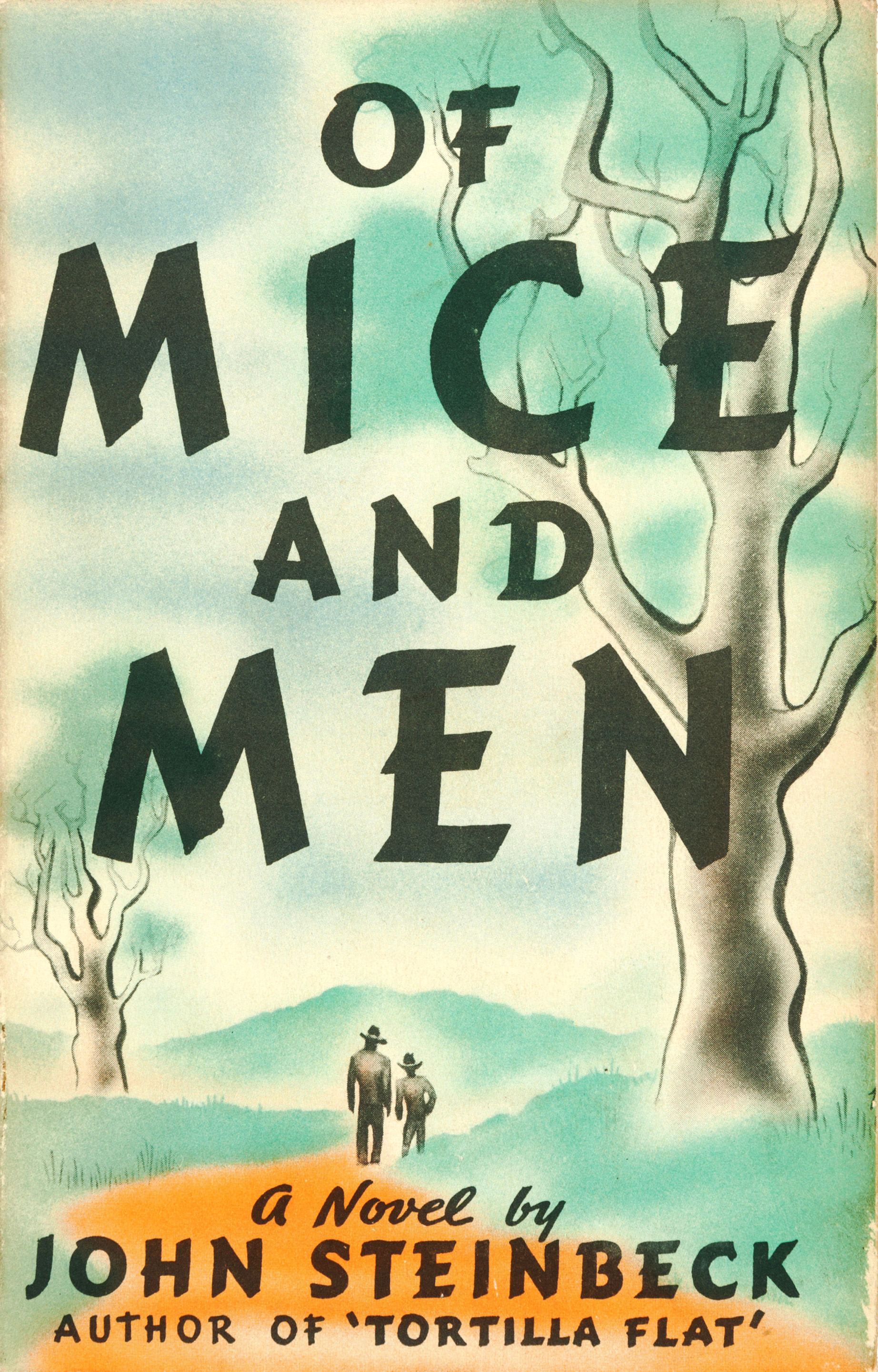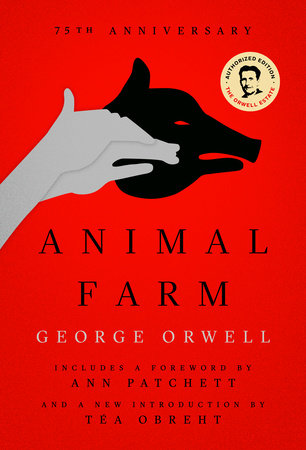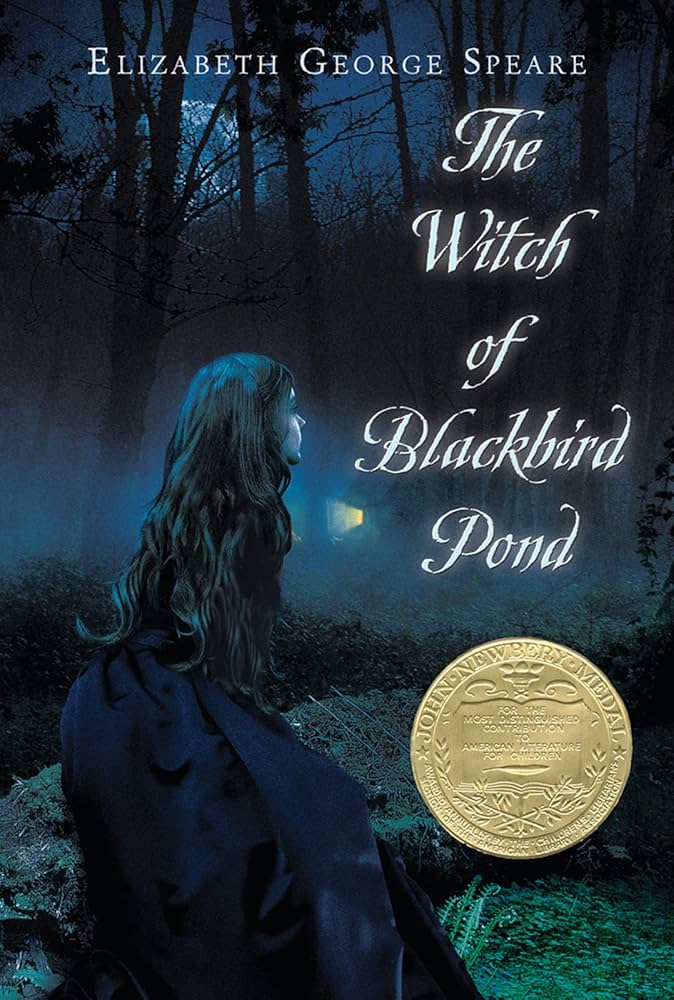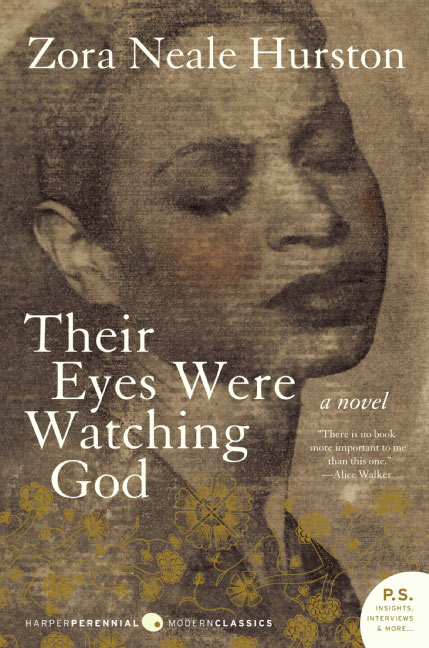
When studying for the Upper Level ISEE exam, some methods of preparation may be more engaging than others. In addition to ordinary test prep, reading novels helps Upper Level ISEE students by steadily building their vocabulary, comprehension, and critical thinking skills in a way that feels natural and enjoyable.
We have organized a reading list based on the ERB’s reporting categories that are tested throughout the Reading Comprehension section and utilized within the Verbal Reasoning section of the Upper Level ISEE:
- Main and Supporting Ideas
- Inference
- Organization & Logic
- Vocabulary-In-Context
- Tone, Style, and Figurative Language
When students read a wide range of challenging yet engaging texts, they not only strengthen the stamina needed for long passages and difficult words on the ISEE, but also pick up strategies for analyzing narration, form, and meaning—all while having fun with stories and ideas that grow with them!
Books That Prepare Students on Main and Supporting Ideas
The ISEE’s Reading Comprehension section asks for the passage’s central claim and best supporting evidence. These books will help students in mastering these ideas to prevent traps that focus on interesting but non-central details:
The Giver by Lois Lowry
In a perfectly-ordered community that has erased pain, color, and choice, twelve-year-old Jonas is selected to inherit society’s suppressed memories. Under the Giver’s guidance, he experiences love and suffering for the first time and recognizes the cost of “Sameness.” As he learns the truth about “release,” he plans a daring escape to return memory to his people. The ambiguous ending invites readers to decide what hope looks like.
How the Novel Promotes Main and Supporting Ideas
A precise cause-and-effect storyline highlights how a single governing principle within the novel (“Sameness”) drives every scene, sharpening a students ability to recognize the main idea.
Of Mice and Men by John Steinbeck
During the Great Depression, migrant ranch hands George and Lennie chase a small dream of owning land. Their fragile plan collides with loneliness, suspicion, and power on a California ranch, where foreshadowing steadily tightens. A tragic accident forces George into an impossible moral choice. The novella’s spare design funnels every scene toward its devastating conclusion.
How the Novel Promotes Main and Supporting Ideas
The novel’s compact structure with recurring dreams and setbacks make its core claim unmistakable, perfect for main-idea + evidence pairing.
Animal Farm by George Orwell
Animals overthrow their owner and found a new order built on equality, only to watch the pigs consolidate power. Slogans shift, commandments are edited, and history is rewritten as fear andpropaganda take hold. Boxer’s fate and Napoleon’s superiority expose the revolution’s betrayal. The closing image—pigs indistinguishable from men—seals the book’s central idea.
How the Novel Promotes Main and Supporting Ideas
Roll of Thunder, Hear My Cry by Mildred D. Taylor

How the Novel Promotes Main and Supporting Ideas
Chapter conflicts in this novel revolve around land, dignity, and justice, reinforcing the habit of stating the main idea without repetitive plot summaries.
Books That Prepare Students on Inference
Stems like “suggests,” “implies,” or “most likely” are used throughout the ISEE Reading Comprehension section, requiring conclusions not stated outright. The books below promote the use of perspective reading to directly raise accuracy on these question types.
To Kill a Mockingbird by Harper Lee
In Depression-era Maycomb, Scout Finch observes her father defend a Black man falsely accused of assault. Through a child’s lens, the town’s fears, codes, and hypocrisies reveal themselves indirectly. Boo Radley’s quiet heroism contrasts with the courtroom’s public failure. The novel closes on a porch, with a hard-won understanding of empathy.
How the Novel Promotes Inference
The child narrator reveals adult realities with indirect language and information; students can infer values and bias from scene details and symbolism throughout the novel.
The Catcher in the Rye by J. D. Salinger
After expulsion, Holden Caulfield drifts through New York nursing grief and disgust with “phoniness.” His digressions, contradictions, and evasions expose more than they conceal about loneliness and loss. Moments with his sister Phoebe puncture his cynicism and test his wish to “catch” children before they fall. The final scenes gesture toward honesty and recovery without promising certainty.
How the Novel Promotes Inference
An unreliable narrator invites inference through contradiction, connotation, and what’s left unsaid. With diligent attention to detail, students learn to read between the lines to conclude what is really happening or being implied.
Lord of the Flies by William Golding
Stranded schoolboys try to build a society, then fracture under fear and hunger for power. Symbols—the conch, the signal fire, and the imagined “beast”—chart the slide from order to savagery. The deaths of Simon and Piggy mark moral collapse as Jack’s tribe hunts Ralph. Rescue arrives as a mirror, not a cure, for the violence they have unleashed.
How the Novel Promotes Inference
In order to understand the characters’ and author’s motives as both intertwined and separate, the reader must make an inference connecting action to theme and tone. This is achieved through the novel’s main symbols: conch, fire, and the “beast”.
The Witch of Blackbird Pond by Elizabeth George Speare
Kit Tyler leaves Barbados for stern Puritan Connecticut and struggles to belong. Her friendship with the kind, ostracized Quaker Hannah Tupper invites suspicion, especially when fever grips the town. Accused of witchcraft, Kit faces trial and must rely on courage and allies. The community’s grudging growth parallels Kit’s clearer sense of home.
How the Novel Promotes Inference
Social codes and suspicion demand inference about character motives and community values. When students learn to infer based on what is not said rather than what is specified, deeper connections and answers can be found.
Books That Prepare Students on Organization & Logic
Questions on the ISEE Reading Comprehension section often test paragraph purpose and the function of specific words or lines. Recognizing structure and organization makes these “role/purpose” items straightforward in the form of either cause and effect or compare and contrast. Students should keep an eye on a novel’s chronology as a tool for deeper understandings of structure and narration.
The Outsiders by S. E. Hinton
Ponyboy Curtis, a sensitive Greaser, is caught in a bitter class feud with the wealthier Socs. After a deadly park fight, he and his friend Johnny hide in an abandoned church, where an unexpected rescue recasts them as reluctant heroes. A final street rumble and personal losses force Ponyboy to confront grief and identity. The novel closes with his decision to turn experience into story, anchoring its central message about empathy and perspective.
How the Novel Promotes Organization & Logic
The novel’s clear, linear plot and focused chapter arcs make it ideal for extracting concise central ideas and choosing the strongest proof lines. In this way, both Main Idea and Organization & Logic go hand in hand for ISEE preparation within the novel.
The Westing Game by Ellen Raskin
Sixteen heirs are summoned to read Sam Westing’s curious will and compete in a puzzle for his fortune. Paired off with mismatched partners, they chase misleading clues through the apartments of Sunset Towers. Turtle Wexler’s shrewdness unravels disguises and reveals Westing’s elaborate design. The denouement ties each character’s growth to the game’s true purpose.
How the Novel Promotes Organization & Logic
This book’s chapters are set up like a literary puzzle-box: they reward recognizing patterns, include misleading clues, and reveal logic across dispersed evidence. Such is the Reading Comprehension section of the ISEE: learning to stay focused through disconnected themes and arcs centralizes thinking and procures streamlined answers.
The Grapes of Wrath by John Steinbeck
Driven from Dust Bowl Oklahoma, the Joad family travels Route 66 to California seeking work and dignity. Their journey alternates chapter narrators, widening the lens to banks, roads, and migrants at large. Exploitation, strikes, and family losses test hope’s endurance. The quiet, controversial final image insists on shared humanity.
How the Novel Promotes Organization & Logic
Alternation between chapters and the Joads’ plot teaches readers how certain structure widens or narrows central ideas.
Great Expectations by Charles Dickens
Young Pip’s chance encounter with a convict and his visits to Miss Havisham set him yearning for gentility and Estella. A secret benefactor lifts him to London, where pride and anxiety hollow his ambitions. Revelations about loyalty and gratitude dismantle his illusions. The ending—repentant and restrained—redefines what “expectations” should mean.
How the Novel Promotes Organization & Logic
A serialized recollection of one’s formative years with recurring set-pieces helps students trace reoccurring motifs and long-range cause→effect scenarios.
Books That Prepare Students on Vocabulary-in-Context
The Verbal Reasoning and Reading Comprehension sections both demand precise word meaning from context, so strong context-clue use boosts speed and correctness when vocabulary is unfamiliar. Having a strong vocabulary comes first, yet goes hand-in-hand with identifying a novel’s archaic, dialectal, and figurative diction with precision.
Fahrenheit 451 by Ray Bradbury
Fireman Guy Montag burns books until curiosity, sparked by a questioning neighbor, makes obedience impossible. A fatal encounter, a mechanical hound, and a city intoxicated with spectacle drive him toward resistance. With help from a retired professor, he flees as war erases the metropolis. A band of exiles preserves literature by memory, waiting to rebuild.
How the Novel Promotes Vocabulary-In-Context
Dense imagery and metaphor usage pushes students to derive meanings from figurative context and rhetorical contrast. Over-specification is not the path the novel nor the ISEE take in helping connect ideas; it is the advanced vocabulary that is used as hints to help students come to their own conclusions.
Adventures of Huckleberry Finn by Mark Twain
Huck Finn escapes his abusive father and rafts the Mississippi with Jim, an enslaved man seeking freedom. Comic frauds, family feuds, and near disasters test their bond and Huck’s conscience. A final farcical “rescue” orchestrated by Tom Sawyer exposes romantic nonsense against real danger. Huck chooses loyalty to Jim over the rules he has been taught.
How the Novel Promotes Vocabulary-In-Context
The dialect within the novel demands that students pay attention to syntax and situation to fix the text’s denotation and tone. Going beyond surface-level connections of plot and dialogue is required to understand this novel as well as succeed on the Upper Level ISEE.
The Red Badge of Courage by Stephen Crane
Young Henry Fleming enters the Civil War with dreams of glory, but bolts in panic at first fire. Shame, injury, and a stunned return push him back into the line. Battle scenes blur into flashes of sound, smoke, and rumor as he gropes for courage. By the end, his bravery is quieter and more complicated than he imagined.
How the Novel Promotes Vocabulary-In-Context
Impressionistic prose and unusual modifiers force the careful examination of vocabulary via immediate context. What students can take away from limited context or interesting first impressions plays greatly into their ability to think on their feet and come to conclusions quickly.
The Hobbit by J. R. R. Tolkien
How the Novel Promotes Vocabulary-In-Context
This novel has elevated yet accessible lexicon. It gives sustained practice to students when separating literal definitions from scene and action.
Books That Prepare Students on Tone, Style, and Figurative Language
The Great Gatsby by F. Scott Fitzgerald
Nick Carraway narrates the story of Jay Gatsby, a wealthy dreamer obsessed with rekindling his romance with Daisy Buchanan. Set in the Jazz Age, the novel critiques wealth, illusion, and the American Dream.
How the Novel Promotes Tone, Style, and Figurative Language
This novel is perhaps most well know for its figurative language, making it a very popular read for its iconic symbolism. Fitzgerald writes with lavish detail, yet diligent readers can identify the undertone of longing and loss. Symbols like the green light and the descriptions of parties show how language can dazzle even while pointing to emptiness.
Their Eyes Were Watching God by Zora Neale Hurston
Janie Crawford narrates her life story, tracing her journey through three marriages and her search for independence and fulfillment. Hurston blends Southern Black dialect with lyrical narration to depict Janie’s voice and her evolving sense of self.
How the Novel Promotes Tone, Style, and Figurative Language
Hurston blends her narration with the rhythms of spoken dialect, giving Janie’s story a voice that feels both personal and universal. The narrative moves through joy, sorrow, and renewal, with recurring imagery, like the horizon, carrying deeper significance through a more intricate examination. Shifts in tone—from hopeful to sorrowful to triumphant—train readers to spot subtle differences.
Speak by Laurie Halse Anderson
Melinda, a high school freshman, becomes withdrawn after a traumatic event leaves her socially isolated. She slowly rebuilds her strength through art, friendship, and confronting her silence. The story captures the difficulty of healing while also celebrating the power of self-expression.
How the Novel Promotes Tone, Style, and Figurative Language
Anderson’s fragmented narration mirrors Melinda’s emotional state, showing readers how sentence structure itself can shape meaning. Everyday objects, like trees in her art projects, gain layered significance as her story unfolds.
A Separate Peace by John Knowles
At a boys’ boarding school during World War II, Gene Forrester recalls his friendship and rivalry with Phineas (Finny). Their bond is tested by jealousy, guilt, and tragedy, set against the backdrop of a world moving toward war. The novel examines identity, innocence, and the impact of conflict on young men.
How the Novel Promotes Tone, Style, and Figurative Language
The novel balances quiet reflection with moments of intensity. The abundant imagery of seasons, trees, and rivers mirrors the characters’ inner turmoil, forcing the reader to identify change mainly through shifting tones and writing.
Activities for More Engaged Reading
To get the most out of this reading prep, lets include creative activities to complete so you’re not just opening and closing the book from start to finish. Not only does it make this prep more worthwhile, interactive activities bring some extra fun to your studies! These three activities promote progress checking and solidifies a student’s mastery of different question types and topics on the test.
1. Narrator Swap Exercise
Pick a dramatic moment from the novel and rewrite it from another character’s perspective. Document how their reactions and dialogue change the relevance of the scene. For example, retelling To Kill a Mockingbird’s trial from Tom Robinson’s viewpoint. Compare and contrast the importance of point-of-view within major scenes.
How this Helps with ISEE Prep
This exercise sharpens students’ awareness of how perspective and voice influence the “feel” of a passage. These buildable skills are tested in questions about point of view and author’s choices throughout the Reading Comprehension section.
2. Passage Dissection: Mood & Meaning Hunt
Select a short passage (1–2 paragraphs) from one of the novels. Underline words or phrases that carry strong emotions or imagery, then rewrite the passage in your own words to show how small changes can shift its impact on the scene and on the novel as a whole.
How this Helps with ISEE Prep
Students completing this exercise build skills in recognizing how an author’s language choices affect interpretation, which is central to Upper Level Reading Comprehension questions.
3. Character Playlist Activity
Create a 5- to 10-song playlist for a chosen character, explaining in a few sentences why each song fits their actions, emotions, and central moments in the novel. For instance, a playlist for Gatsby might include songs that capture longing, illusion, or wealth. Don’t use songs from the movie soundtrack!
How this Helps with ISEE Prep
This activity encourages students to think about mood and perspective in fresh ways, making it easier to connect emotions in the text to the author’s language. Music is a great way to both decipher and combine emotion and fact: while two things may be true at once, outcomes and actions are often predictable when.
Preparing with Piqosity for the Upper Level ISEE
Now that you’re equipped to study for the Reading Comprehension and Verbal Reasoning sections of the Upper Level ISEE, Piqosity is here to help with tons of other test prep resources.
Piqosity’s uniquely-structured user interface can help you strategically manage your study time for maximum improvement. If you feel like you’re hitting your head against the wall wondering something like “What is Tested on the Upper Level ISEE?” then Piqosity’s tried and true test-taking strategies (like in our ISEE Prep Timeline article) are for you!
Along with our full-length, online ELA and Math courses for grades 5-11, we offer full ISEE test prep courses (and SAT/ACT), each of which includes 12 practice exams, dozens of concept lessons, personalized practice software, and more.
The best part? You can try out all of Piqosity’s features with our free community account. When you’re ready to upgrade, Piqosity’s year-long accounts start at only $89.
More Educational Resources by Piqosity:





















